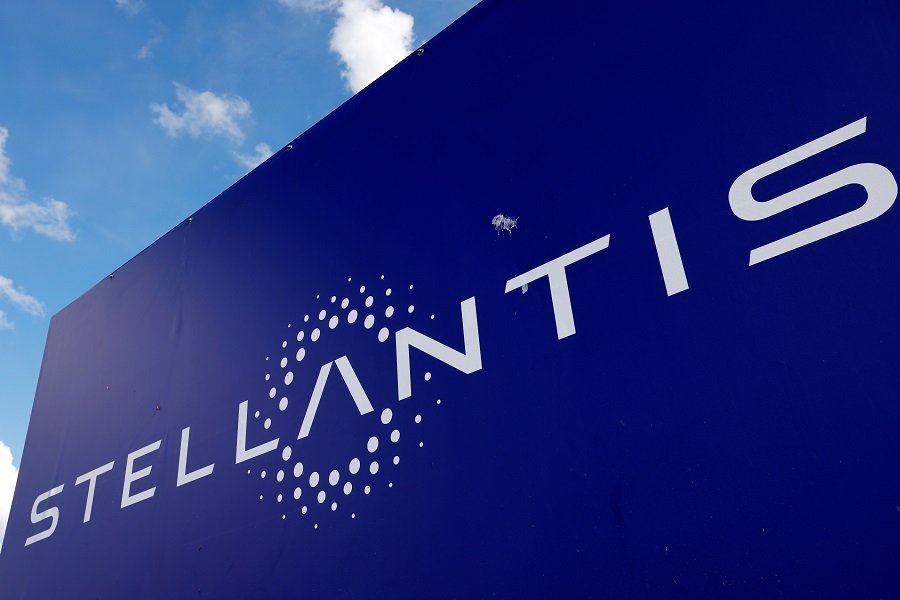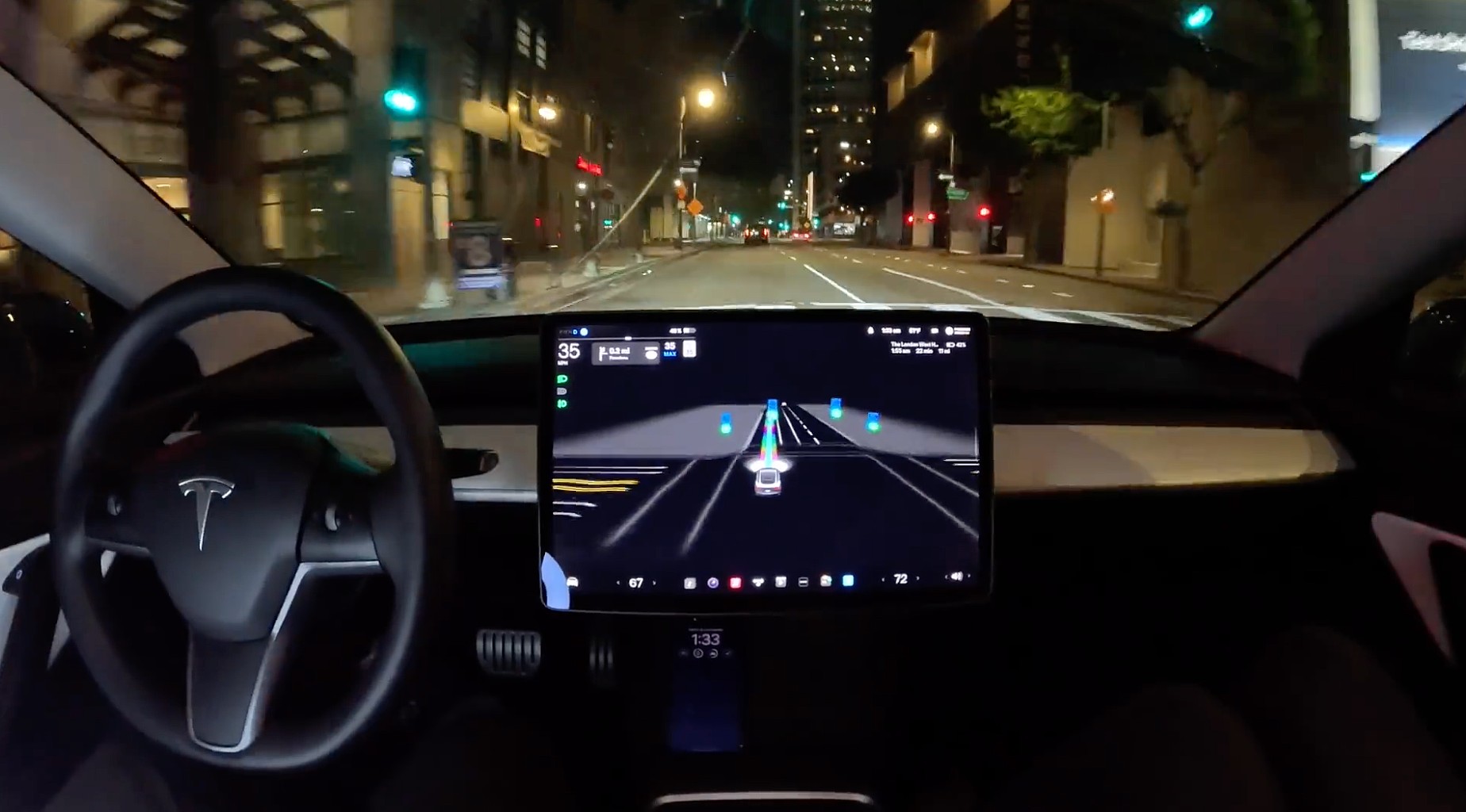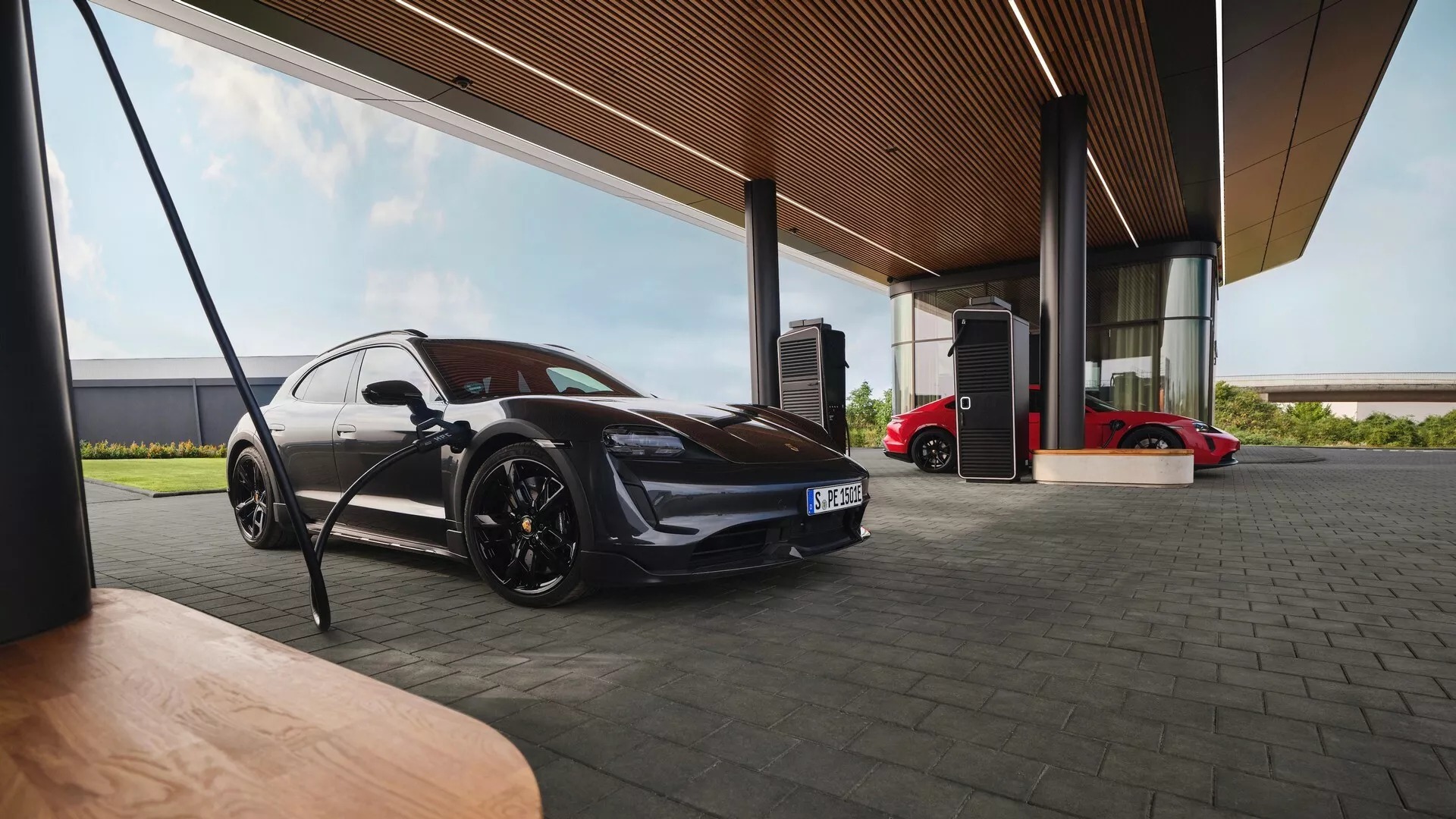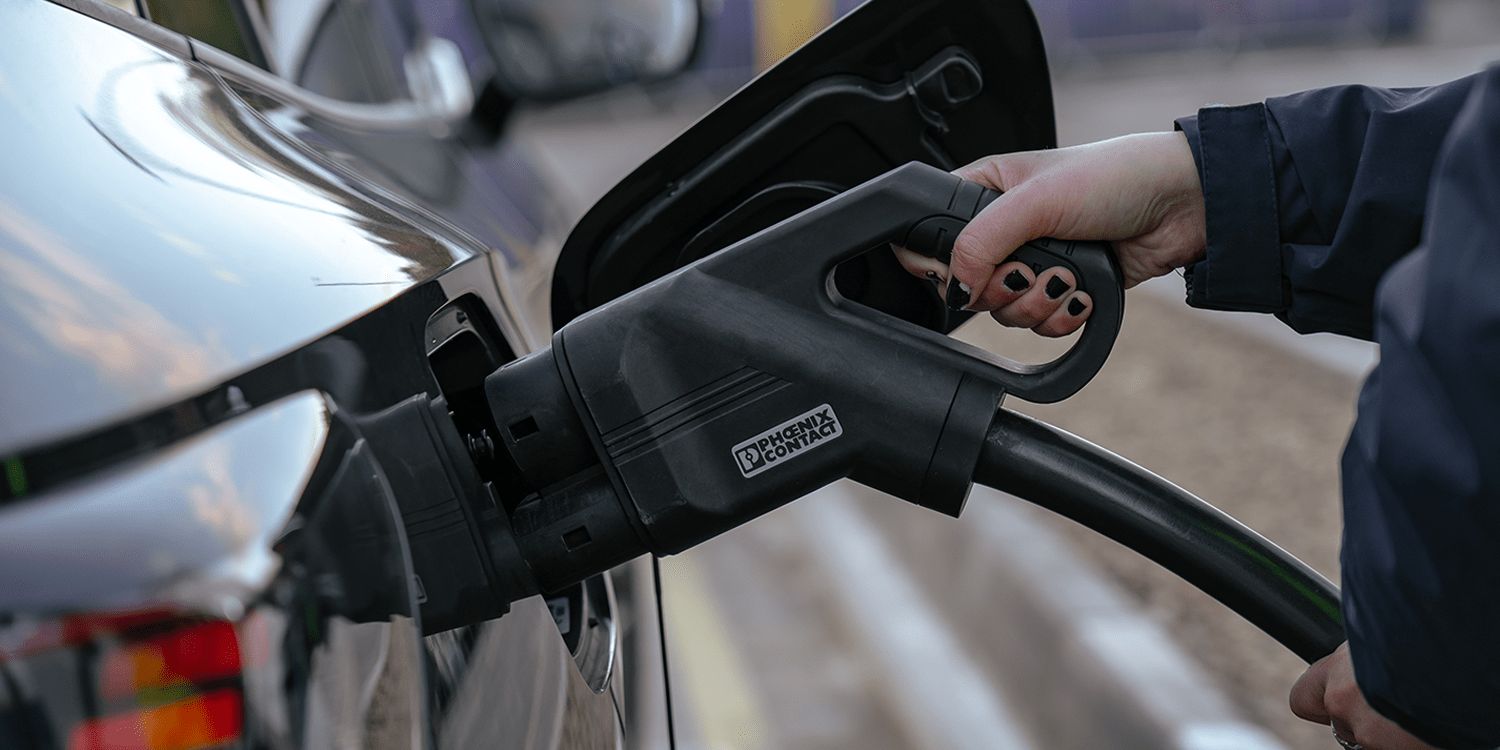In a recent press statement, Carlos Tavares, the CEO of Stellantis, the Franco-Italian automaker, acknowledged the evolving dynamics of the automotive industry as Tesla, a prominent U.S. rival, stepped into the world of traditional manufacturing and competition. Tavares noted that as Tesla adapted to the challenges of operating in a highly competitive market, their profitability experienced a decline.
According to Tavares, Tesla’s profitability, which had exceeded 17% in the first half of 2022, dropped to 10.5% in the first half of 2023. This change brought Tesla’s profitability below that of Stellantis, signaling a shift in the competitive landscape.
Despite the challenges posed by increased competition, Stellantis announced positive financial results for the first half of the current year, surpassing estimates. The company reported a rise in revenue and operating profit, maintaining a relatively steady adjusted EBIT margin of 14.4%.
Tavares also discussed the emerging competition from Chinese electric vehicle (EV) manufacturers in domestic markets. He emphasized that all automakers, including Tesla, would face the impact of this growing competition. He cited Tesla’s CEO, Elon Musk, who has previously stated a preference for growth over short-term profitability. Tavares acknowledged his respect for Musk while also highlighting the potential challenges Tesla could encounter as it navigates the competitive landscape, particularly in the face of price cuts initiated by Chinese EV makers.
It is worth noting that Tesla has implemented a series of price cuts this year, including in China, which has added pressure on other automakers and suppliers to manage costs effectively.
As the automotive industry continues to evolve, Stellantis remains optimistic about its positioning in the market. Tavares emphasized the company’s focus on tight pricing, cost competitiveness, and addressing operational challenges that may arise as a larger corporation. The company aims to stay resilient amid increasing competition and maintain its profitability while adapting to the changing dynamics of the automotive sector.







